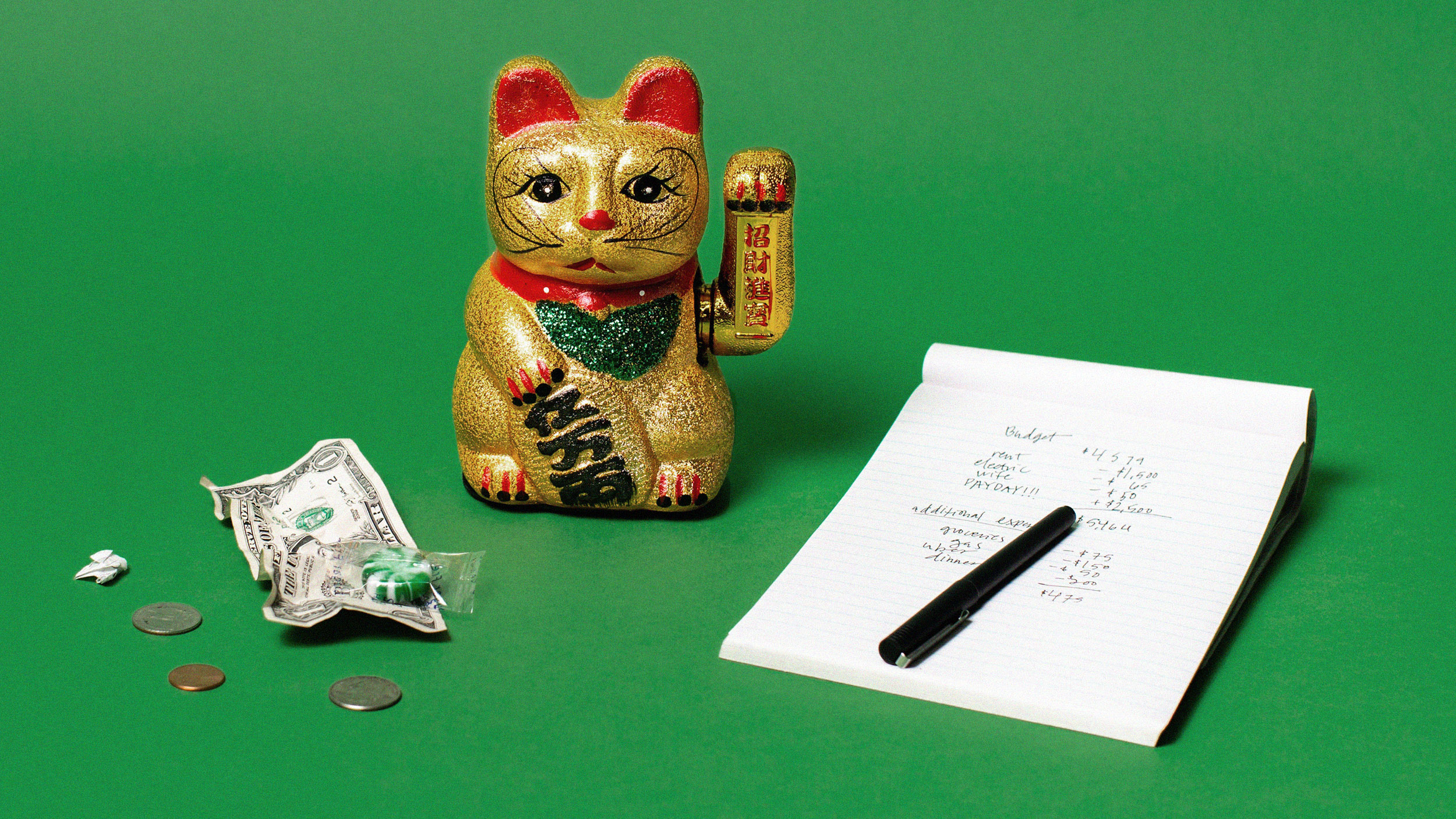Tango Mano-A-Mano: How Dancing With Other Men Challenged My Heterosexuality

In the late nineteenth century, large-scale immigration dramatically increased the population of Buenos Aires. Most migrants were men; one figure even suggests a ratio of ten men for every woman.
Which industries flourished? Prostitution, for one. Linked with that, the urban legend goes that, to contend with police raids, the brothels and bordellos of the working-class slums offered dance lessons–“Officers, as you can see, there’s only dancing instruction going on here.” Yet because there were so precious few women in the city, men often danced with other men.
That all seems sort of plausible. But here’s where it gets tricky: An Argentine tango teacher emphatically told me that mano-a-mano dancing was not considered inherently homoerotic then, and it isn’t now.
I knew none of this when I rocked up to my first tango lesson in the Buenos Aires suburb of San Telmo. At a venue called La Marshall, on Avenida Independencia, this is what I was confronted with: a dozen men and only two women. Had I unwittingly turned up on gay night? Was this “queer tango”?
Here was my problem, I don’t mind if I’m dancing with a woman and she sweats on me a little bit, but if another man’s sweat drips on me? No thank you.
I figured–hoped–that other women would turn up fashionably late to the tango lesson. More so, I wondered if the men who were there, many of whom seemed ostensibly gay, would be offended if I left before the class started. Might they assume that I hate gay men?
I stayed.
No more women turned up.
For the majority of the class, I danced with men.
I didn’t die. I actually thoroughly enjoyed myself.
After the lesson, dozens of people–an even number of men and women–poured in to the venue. I was too timid to invite women to tango with me. Yet when men from the earlier lesson asked me to tango, I said sí (I’ve found that yes is the best word when traveling).
Thankfully, none of the men busted any (sexual) moves on me.
All night, I danced the “woman’s part.” (Later I would appreciate that using gender to describe a dancer’s role is old-fashioned. The conventional way was: there’s a “man’s role” and a “woman’s role.” The new way is: there’s a “leader” and a “follower,” and anybody can be either.)
Frequently I found myself trying to step into moves that my partner hadn’t intended for me. When I did this with one man, he reined me in, saying sternly, “You follow me. You go where I want you to go.” When I did it with another man, he said, “You’re not dancing with me. You’re dancing with your mind.”
I again wondered if they wondered if I was homophobic.
And I started to have my own doubts.
Today I Googled around for tests to settle this once and for all.
Among other questions, the OkCupid.com “How Homophobic Are You?” quiz wanted to know whether I thought gay men had cooties. After finishing the quiz, they said I was “9% homophobic and 25% gay.” Mmmm. Not what I expected.
YouThink.com’s “How Homophobic Are You?” quiz was even less rigorous. For instance, it asked if liked “Queer Eye for the Straight Guy.” (Answer: A resounding no.) After I finished the quiz, a message displayed on my screen: “Good clean living person. You are the ideal citizen, not homophobic, and open to others!”
I decided I needed a more reputable test. I found the Wright, Adams and Bernat Homophobia Scale, developed in 1996 by L.W. Wright, H.E. Adams and J. Bernat. It’s a 25-part questionnaire that is “designed to measure your thoughts, feelings and behaviors with regards to homosexuality.”
After I took it, I learned that I was a “high-grade non-homophobic.”
OK, now I’m satisfied. But I still hate the sweat of another man.
By Lee Bob Black.




